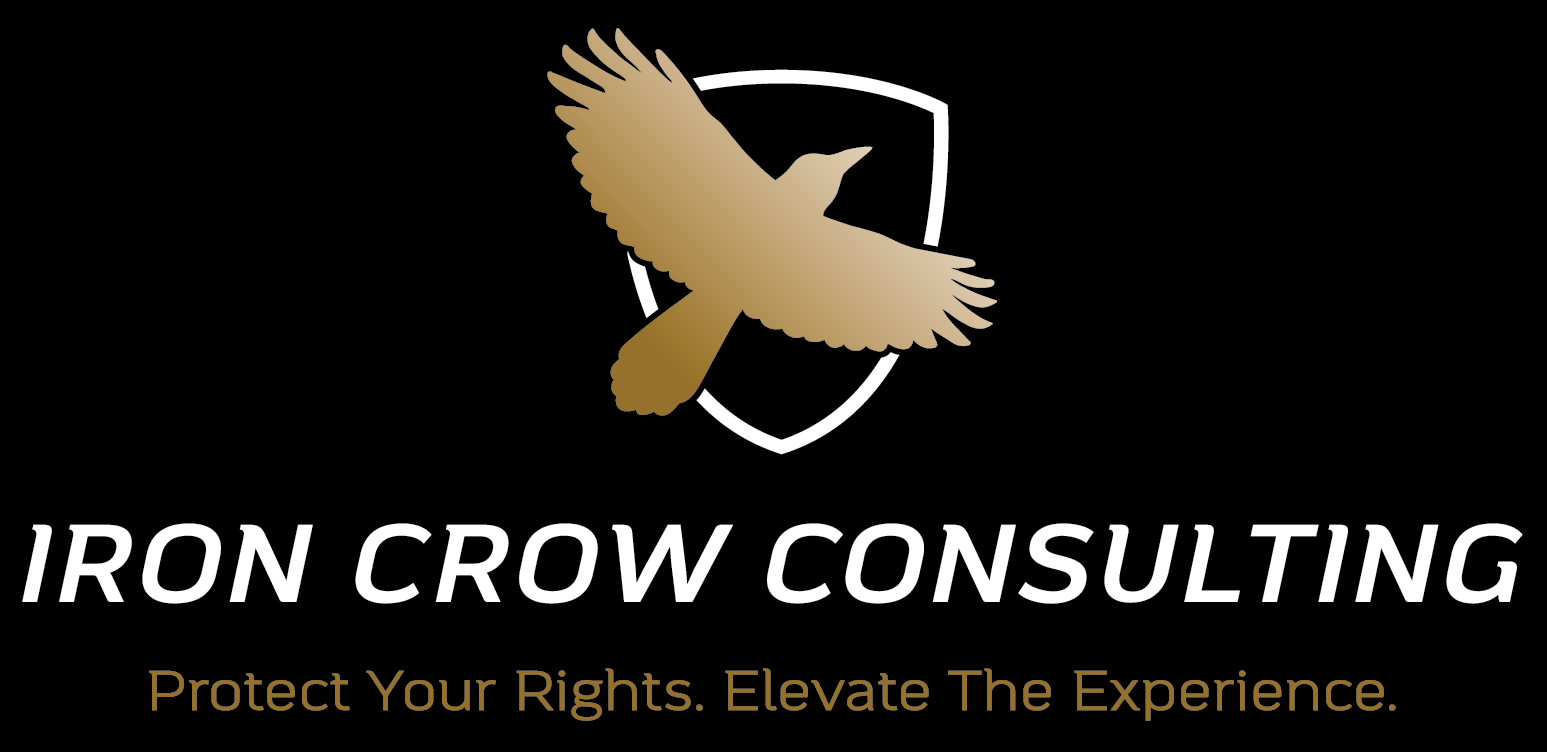Claim Negotiation & Documentation
Insurance claim negotiation and arguments involve the process of discussing and settling a claim between the policyholder (or claimant) and the insurance company. This process can occur when there is a disagreement over the terms of the insurance policy, the amount of the claim, or the liability for the claim. Here's a breakdown of each aspect:
Insurance Claim Negotiation
- Initiation of Claim: The policyholder files a claim after experiencing a loss or damage that is supposedly covered by their insurance policy.
- Insurance Company Evaluation: The insurance company reviews the claim to assess its validity and the extent of the covered loss.
- Offer and Counteroffer: The insurance company may make an initial settlement offer based on its assessment. If the policyholder believes this amount is insufficient, they can make a counteroffer.
- Discussion: Both parties discuss the claim, with the policyholder often providing additional documentation or evidence to support their counteroffer.
- Settlement: Ideally, through negotiation, both parties reach an agreeable settlement amount. This process may involve several rounds of offers and counteroffers.
Arguments in Insurance Claims
- Dispute over Coverage: Disagreements may arise over whether the policy actually covers the loss or damage. Interpretations of policy language can vary, leading to disputes.
- Amount of Loss: There can be significant differences in the estimated value of the loss between what the policyholder expects and what the insurance company calculates. This is often seen in property damage and medical claims.
- Liability and Fault: In cases like auto accidents, there might be arguments over who is at fault and to what degree, affecting the settlement.
- Policy Exclusions: Insurance companies might deny claims based on exclusions within the policy. Policyholders may argue against the applicability of these exclusions to their case.
Resolution
- Negotiation: Continued negotiation is a common way to resolve these disputes, with both parties making concessions to reach a mutually acceptable settlement.
- Mediation or Arbitration: If negotiation fails, mediation or arbitration can be a next step, involving a neutral third party to help resolve the dispute.
- Legal Action: As a last resort, the policyholder may file a lawsuit against the insurance company to seek a favorable resolution.
Insurance claim negotiation and arguments require a thorough understanding of the policy, the ability to present evidence effectively, and often, negotiation skills to achieve a fair settlement.
Claim Negotiation & Documentation
Insurance claim negotiation and arguments involve the process of discussing and settling a claim between the policyholder (or claimant) and the insurance company. This process can occur when there is a disagreement over the terms of the insurance policy, the amount of the claim, or the liability for the claim. Here's a breakdown of each aspect:
- Documentation of Claim: The sworn proof of loss includes detailed information about the damages, the cause of loss, the date and time of the loss, and a detailed inventory of the damaged or lost property, including the value of each item. It may also contain repair estimates, photographs, and other documentation that supports the claim.
- Policyholder's Formal Statement: Along with the detailed documentation, the sworn proof of loss serves as the policyholder's statement under oath regarding the accuracy and completeness of the information presented. It signifies that the policyholder is formally asserting their claim for the damages specified.
- Review by the Insurance Company: Upon receiving the sworn proof of loss, the insurance company will review the package as part of its claim evaluation process. This review is thorough and may involve verifying the details of the loss, assessing the documentation provided, and possibly conducting additional investigations or inspections to confirm the extent of the damages and the applicability of coverage.
- Adjustment Process: The insurance company's adjuster will assess the claim based on the proof of loss, the policy terms, and any additional information gathered during the review process. This may involve negotiations between the public adjuster and the insurance company's adjuster to agree on the settlement amount.
- Decision on the Claim: After reviewing the sworn proof of loss and completing any necessary investigations, the insurance company will make a decision on the claim. This could result in approval and payment of the claim, partial payment, or a denial of the claim, depending on the findings during the review process.
- Payment of Claim: If the claim is approved, the insurance company will proceed to issue payment to the policyholder based on the agreed-upon amount. This payment is meant to cover the losses as detailed in the sworn proof of loss, subject to the terms and limits of the insurance policy.
- Potential for Dispute Resolution: If there is a disagreement over the claim amount or denial of the claim, the public adjuster may engage in further negotiations with the insurance company. If disputes cannot be resolved through negotiation, the policyholder may seek resolution through mediation, arbitration, or legal action, depending on the policy terms and applicable laws.
Submitting a sworn proof of loss is a declaration by the policyholder of the claim's legitimacy and the amount of loss incurred. It is a necessary step in many claims processes and serves as a basis for negotiating and settling the claim with the insurance company. The role of the public adjuster in preparing and submitting this document is crucial, as it requires a detailed understanding of the damages, the policy coverage, and the proper procedure for claiming losses.
Contact us
(254) 766-2769
INFO@IRON-CROW.COM
2775 Villa Creek Drive, Suite B219,
Farmers Branch, Texas, 75234
TX Agency: 2994670
Business Hours
- Mon - Fri
- -
- Saturday
- Appointment Only
- Sunday
- Closed
Iron Crow Consulting
This website has been built to be accessible for all users. If you experience any difficulty in accessing this website, please contact us for assistance.



